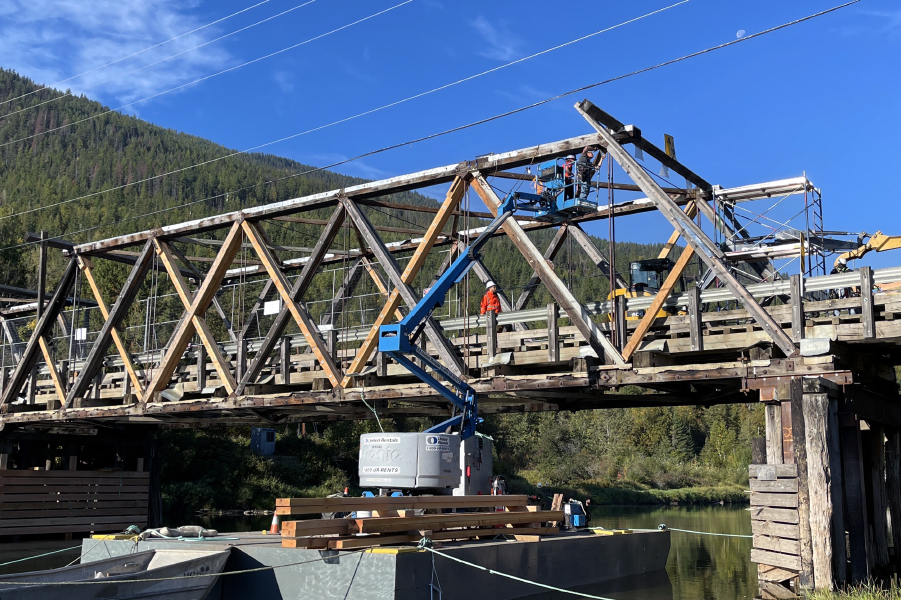Location
Burnaby, British Columbia
Expertise
Transportation
Roads
Infrastructure
Streetscaping
Share
Associated Engineering was retained by the City of Burnaby to complete the preliminary design, detailed design, and to provide construction services for the Broadway Street Improvements project.
The project includes 2.2 km of urban road and utility improvements. Improvements consisted of road rehabilitation and widening for this two-lane major collector road including adding curbs and gutters, sidewalk, urban trail, streetlighting, pedestrian traffic signal, intersection improvements (5 unsignalized, 2 signalized), electrical, utility, and drainage improvements. The design team undertook the coordination with third party utilities such as Telus, BC Hydro, FortisBC, Pembina, Shell, Metro Vancouver, and stakeholders including local residents, Coast Mountain Bus Company, and regulatory agencies.
The project included a significant active transportation component, with a multi-use urban trail along the length of the corridor and incorporating pedestrian and cyclist eco-counters into the design. The design included the replacement of the majority of aging storm and water utilities avoiding the need to dig into the newly improved roadway in the near future. The sanitary sewers service connections were upgraded. Electrical design included street lighting, traffic signals, and pre-ducting for fibre optic communications. It was critical that the construction work was staged to accommodate traffic throughout construction but also to provide continuous driveway access to adjacent properties. The team worked with the City and stakeholders to establish traffic management requirements, and then coordinated with the Contractor to confirm their traffic management program met the requirements.

Client
City of Burnaby

Project Highlights
The stormwater management design employed best management practices to address stormwater treatment to eliminate adverse impacts on the downstream watershed. Additionally, the project team identified areas of invasive plants, particularly Japanese Knotweed, and included the treatment and removal of such in the project requirements.
More Transportation Projects
See all projects

Streetscaping
Nigel Valley Public Spaces

Transportation
Battleford Truss Bridge Rehabilitation

Transportation
Still Creek Pedestrian Bridge Replacement

Transportation
Kitsault Mine Access Road and Bridge Assessments

Transportation
Coast Meridian Overpass Detailed Inspection

Transportation
Highway 7 Haney Bypass Intersection Improvements

Bridges
Seymour Canyon Suspension Bridge

Transportation
Outlook Truss Bridge Assessment

Transportation
Highway 17 at County Road 508 Interchange

Transportation
Granville Bridge Seismic Retrofit and Renewal

Transportation
Miette Hot Springs Culvert and Bridge Replacement

Transportation
Agassiz-Rosedale Bridge – Renewal Options Analysis and Preliminary Rehabilitation Design

Transportation
Glenmore Dam Utility Relocation

Airports
Nanaimo Airport Airfield Electrical Upgrading

Streetscaping
Vanalman Avenue Upgrades
LEADERSHIP INSIGHTS
See all insights




















































